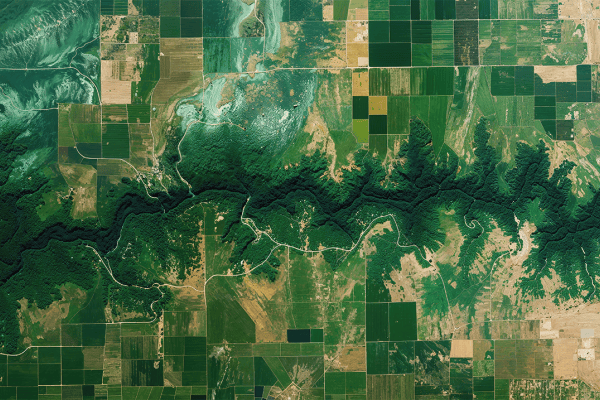ESA Tender 'WorldCereal' granted
A first seasonally updated global annual cropland map at 10 m resolution
We are very proud to announce that the European Space Agency has selected the VITO led consortium to start working on the WorldCereal project. This new project in support of global agricultural monitoring will start early June 2020 and will run for two years.
The main objective of WorldCereal is to develop – building on existing community initiatives, open and free EO sources, new algorithms, ICT infrastructure and reference datasets – an open-source, efficient, agile and robust EO based system to timely monitor the global cropland extent at field scale.
The system will be able to create:
- a global seasonally updated annual cropland extent map
- differentiate between irrigated and rainfed fields
- produce a maize and wheat crop type map
To achieve this objective, the consortium will be supported by the WorldCereal Champion users
- GEOGLAM, the Group on Earth Observations (GEO) Flagship Initiative on Global Agricultural Monitoring,
- the G20 Agricultural Market Information System (AMIS) (Policy/Economics/Trade)
- the FAO with its Global Early Warning and Information System of Food and Agriculture (GIEWS) department and the Land and Water department (Humanitarian/Early Warning/Water use efficiency
- GEOSYS, an Urthecast company (agricultural business)
Additionally WordCereal can also count on its huge user network for in situ data collection, co-validation of the products and to showcase the usage of the WorldCereal products; AAFC, AFSIS, BAGE, CIMMYT, CIMMYT-GLTEN, DSSI, EU-JRC, GODAN, ICARDA, ICRISAT, IFPRI, INTA, JECAM, N2AFRICA, NASA Harvest, ONESOIL, Plant Village, RADI, ROTHAMSTED RESEARCH, WFP etc.
Example of the GEOGLAM Crop Calendars (at subnational level, there are crop-specific seasonal calendars every 15 days, vetted over the past 6 years by the Crop Monitor analysts)
The project has a phased approach; in year one, building on community efforts, the focus will be on system development and benchmarking. The system will need to be highly flexible and scalable in order to capture the different agricultural dynamics which vary significantly depending on the location in the world. The FAO’s agroecological zone maps, already used in the GEOGLAM Crop Monitor (see figure), and the crop calendars and phenology products of EU-ASAP, three good examples of existing community efforts, will be used as a basis to capture these dynamics by the WorldCereal system. The second year of the project will focus on operations, demonstrating the system by creating seasonally updated global products at 10 m resolution
While demonstration of the system will take place at the global level and for wheat and maize specifically, the open-source system will allow any interested user to create these maps for different crop types as well, all the way from the local to global scale.
VITO (Belgium) is the prime contractor of the World Cereal consortium together with CS SI (France), eLeaf (The Netherlands), GISAT (CZech Republic), International Institute for Applied Systems Analysis (Austria), University of Strasbourg (France), University of Valencia (Spain) and Wageningen Environmental Research (WENR) (The Netherlands).







